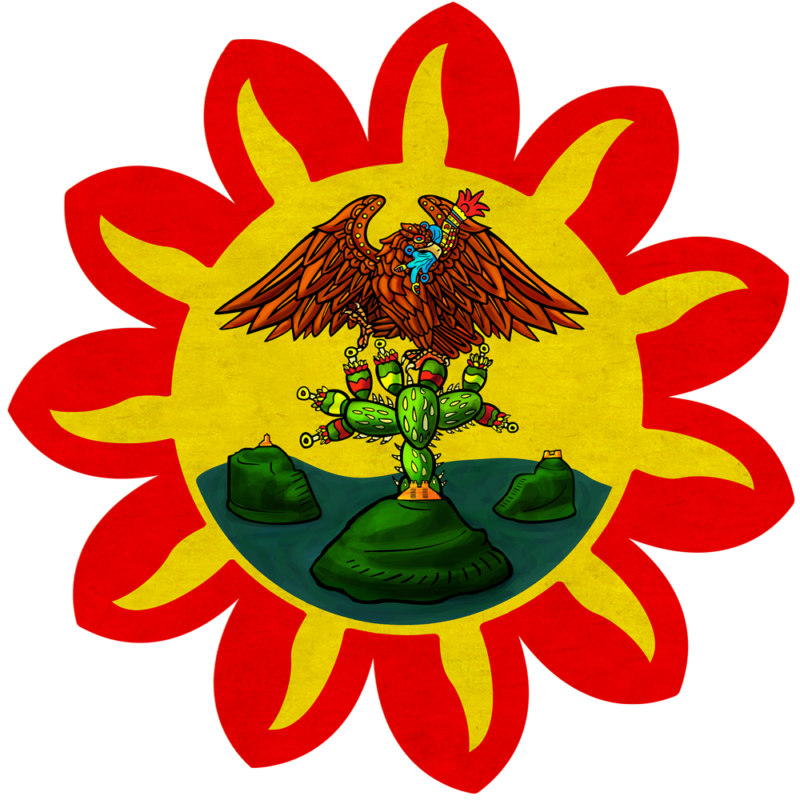
Aztlan: The Ancestral Home of the Aztec Peoples

Welcome to our page dedicated to Aztlan, the mythical birthplace of the Aztec people. As the Nahuatl word for “people from Aztlan,” Astekah is a title that defines our heritage, and through our exploration, we hope to connect you with the roots of the rich and enduring Aztec culture.
According to ethnohistorical sources from the colonial period, Aztlan is frequently referred to as the starting point of the migration of various tribal groups, including the Mexica, who later established Mexico-Tenochtitlan. The exact geographical location of Aztlan remains subject to speculation and debate, with possibilities ranging from northwestern Mexico to the Southwestern United States.
The Legends of Aztlan
Nahuatl histories tell of seven tribes residing in Chicomoztoc, also known as “the place of the seven caves.” Each cave represented a different Nahua group, all of which embarked on a journey from Aztlan to settle in what we now know as central Mexico.
The descriptions of Aztlan, however, seem to contradict each other. Some depict it as a paradise, while others, such as the Codex Aubin, narrate a tale of the Aztecs being subjected to a tyrannical elite known as the Azteca Chicomoztoca. It was this oppression that eventually led the Aztec tribe to flee Aztlan and embark on a journey that would change the course of their history.
It’s said that the great southward migration began on May 24, 1064, CE, after the celestial events involving the Crab Nebula in 1054. The seven Nahua groups are each credited with founding a different major city-state in Central Mexico.
Searching for Aztlan
Friar Diego Durán chronicled the history of the Aztecs, including the tale of Aztec emperor Moctezuma I’s quest to uncover the history of the Mexica by locating Aztlan. Despite the successful expedition, the exact location of Aztlan remained uncertain due to the lack of accurate mapping of the American continent during the time of the conquest of Tenochtitlan.
Today, the question of Aztlan’s true location remains a subject of debate, with Mexcaltitán de Uribe among the proposed sites. Despite numerous hypotheses and efforts to pinpoint the exact location, some scholars argue that the task may be nearly or entirely impossible due to conflicting accounts and narratives.
Aztlan in the Chicano Movement
The concept of Aztlan transcends its historical significance to become a symbol for various Mexican nationalist and indigenous movements. Introduced by the poet Alurista at the National Chicano Youth Liberation Conference in 1969, Aztlan symbolizes the Mexican territories annexed by the United States following the Mexican–American War of 1846–1848. The connection with Aztlan has provided a sense of shared memory, unity, and a symbolic link to the past for the diasporic community, affirming a strong bond with our ancestral heritage.
